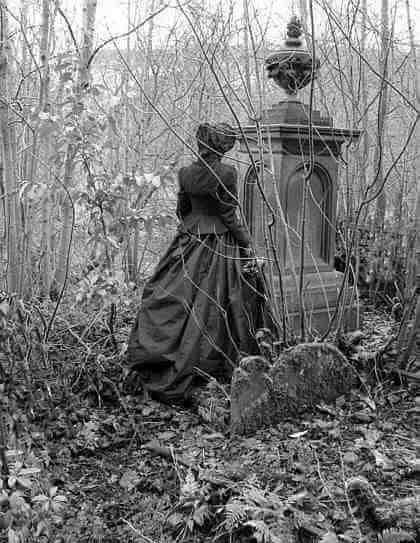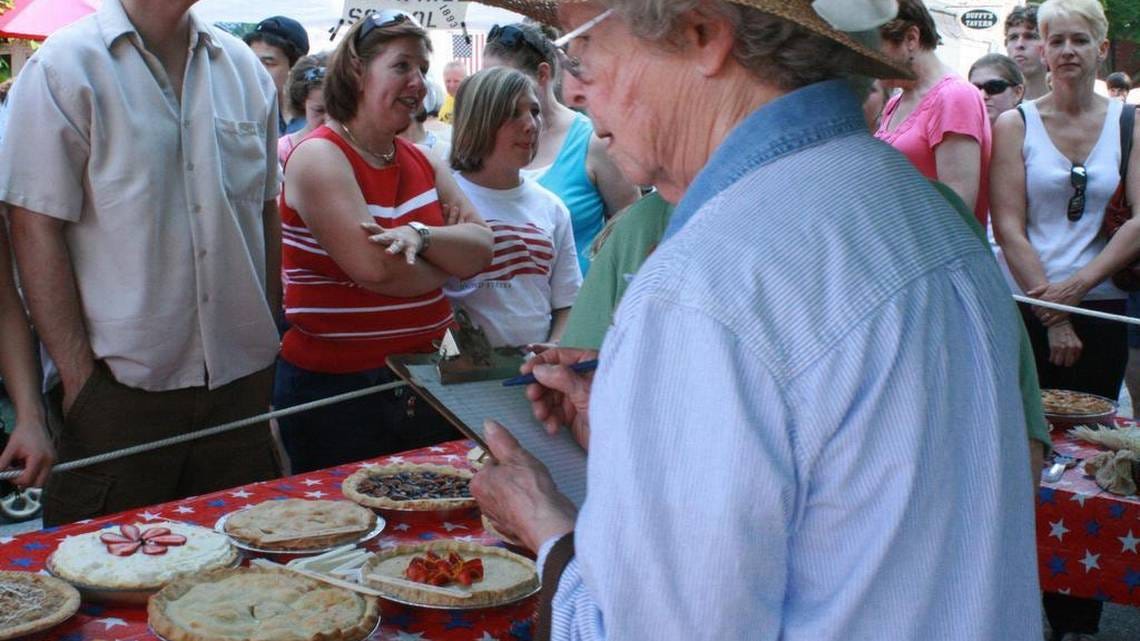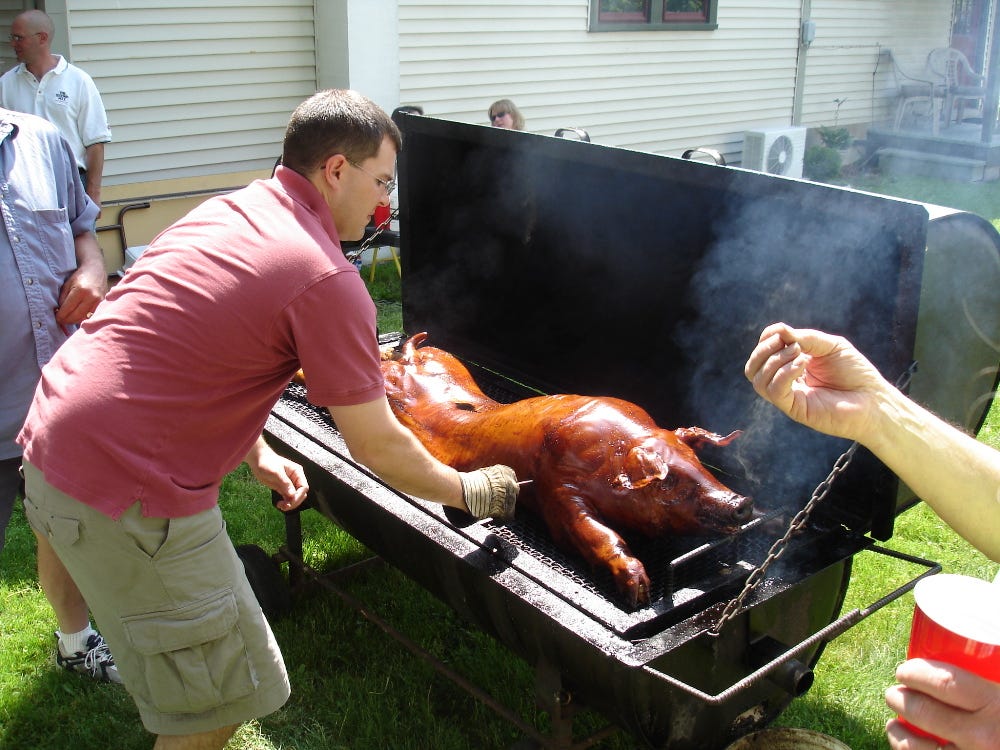Welcome to Memorial Day! What started out as a day of national mourning is now a day of national summer fun!
25 towns and cities across the nation brag that they were the first to establish a ritual to honor the Civil War dead. To this day the South makes more claims for its birthplace than the North. Whoever is right, their local legends share similar details: soon after the end of the Civil War (or, in the case of Columbus, Mississippi, after the 1862 Battle of Shiloh) a group of local women made their way to the town’s cemetery to lay flowers on the graves of their fallen men. They began to do it every year until it became a local tradition that their states soon embraced.
And then there’s Charlestown, South Carolina. It has a very different origin story. It begins a few days after the South’s defeat to the North in February, 1865, when the city’s freedmen took it upon themselves to rebury Union soldiers who had perished in the prison at the city’s race track. In May, a vast parade was formed and, led by Black children, marched back to the race track’s ruins and decorated the graves with flowers. They renamed the place “Martyrs of the Race Course.” The graveyard is long gone, the soldiers’ bodies moved in 1880 to a national cemetary in Beauford, South Carolina. The grounds are now called Hampton Park in honor of a confederate general, Wade Hampton.
One of the more believable contenders for birthplace recognition is Boalsburg, Pennsylvania, population 4,298. The town is so small you really may miss it as you barrel down Route 322 on your way to or from State College, the home of Pennsylvania State University’s main campus. Look for a very large tank that marks the entrance to the Pennsylvania Military Museum. The tank aims right across the road to a life-size bronze statue of three women in hoop skirts. You have arrived in Boalsburg.
The statue depicts two teenagers, Emma Hunter and Sophie Keller, who had come to the town’s churchyard to decorate the grave of Emma’s father, Dr. Reuben Hunter, a Union Army surgeon who died of yellow fever while tending soldiers in Baltimore. The girls came upon Mrs. Elizabeth Meyer caring for the grave of her son, Amos, who died at Gettysburg. The women must have found solace in one another’s company because they decided to keep visiting their men’s graves together. Others in the village joined them and the practice soon spread to more towns. This is how a country’s tradition are born.
To be in Boalsburg on Memorial Day is to feel the full weight of what the holiday has become. Nearly every house, shop, and tavern is draped in patriotic-themed bunting and flying (right side up) flags. Tables and chairs are arranged on lawns for visitors to rest for a spell and the streets are lined with an abundant array of food that keeps everyone happy. The population swells but not enough to forget you are the most welcomed guests of a small town.
Amish and Mennonite farmers have worked the surrounding land since the early 1700s and their influence persists, especially in the region’s cooking style. There’s a popular perception that this means hearty (short for heavy) dumplings and noodles and heaps of meat subtly spiced, if at all. Good Amish and Mennonite cooking is none of this. Dumplings and noodles are light, even fluffy. Pork, beef, and chicken taste so fresh that they may seem like they’re still kicking.
This is the kind of food you’ll find throughout Boalsburg’s Memorial Day festivities, starting with chicken corn chowder offered at the church. All have been simmered by women following their family’s recipes and none will reveal it. The tendency is to try them all, even on a steaming hot day. Nearby, a long tent shelters pies of every conceivable variety. They’re not actually available until a blue ribbon winner is picked. The judges are two elderly women who look like they were born with rolling pins in their hands and it’s generally agreed among onlookers that they take an ungodly amount of time to announce the winner. When they finally do, though, no more than seven minutes pass befor the crowd demolishes every single slice, losers included.
Along about 2 p.m., people who have been in Boalsburg before begin to slide over to where gentlemen of the Harris Township Fish and Game Commission are roasting a pig. They’ve been doing this since they were young men barely out of their teens when one of them suggested that a pig roast might be a good way to increase their state budget. They then asked a local farmer who was known for his pigs if they might have one. He said of course and, after hauling it into a truck, the men took the pig to the high school athletics field where they somehow got it to die. Questions about how that event came about are answered with silence and averted eyes. These days the pig is donated and butchered by a Mennonite farmer in Belleville.
As you would expect from their jobs, the men are very handy and crafted their own cooker. This one is actually their third model. The first proved not to maintain an even heat. The second didn’t survive the famous incident when it rolled down the hill and toppled over the curb, causing the pig to skid across the lane. The one that holds the pig now is a decade old and incorporates a sensitive thermometer and wheel breaks.
The pig is placed over the hot coals the day before the festivities. The men have been up all night, their beer cups kept full, and are in a highly flirtatious mood by the time they all agree the pig is perfect. One of them claims the right to pick up a knife to pierce the caramelized skin, run it around the pig’s neck, then slide the tip up into its cheeks where the blade slowly scoops out the meat. The men mutter among themselves for awhile to decide who should have the delicacy. In the end, there’s enough tiny morsels to go around.
“I’ll tell you the secret to a good pork sandwich,” one of the older men say.
“You can’t tell her!” another fairly snaps.
“The secret to a good pork sandwich is horseradish. Not that weak store bought-stuff. I’m talking real horseradish. Grated a second before.”
“We don’t have any left,” the objecting man says.
“We’ll find you some.”
He does, and it is a great pork sandwich, the meat gamy though sweet, juicy, and with an enlivening burn from the fresh horseradish.
The day’s heat has grown wearisome and many attendees claim a patch of ground under the long shade of an old oak trees beside a makeshift stage set up to the side of the church. The coolness found in the pews inside draws others to a service that follows an 18th-century liturgy. George Washington’s favorite prayer is recited and a full-throated rendition of the Battle Hymn of the Republic rounds out the service.
The congregation steps out into the falling summer light and join the rest of the day’s attendees. They talk among themselves, some finishing what remains of the day’s food offerings, others fanning themselves with the coming event’s program. Children chase each other through the rows of tombstones for soldiers from every American war—starting with the Revolutionary War by the church’s foundation and ending way over to a line of trees where a young man who fell in the Iraq War rests. At 6 p.m., a short lackadaisical skirmish is reenacted between the North and the South over by the corner traffic light. The conflict ends after a few rounds with no side winning just about the time a parade shows up led by local veterans and matronly women in hoop skirts. They take their places by the memorial and everyone stands for the anthem. Regional politicans make speeches and a middle-school student reads his winning essay on America’s exceptionalness. A bagpipe plays Amazing Grace and is followed by a rifle and cannon salute, taps, and three of the hoop-skirted women stepping forward to once more place a bouquet of flowers on Dr. Hunter’s grave while the church bells solemnly toll.







Seems like they made a bad job of that pig killing!
The charm of small towns. I do like the sound of a chicken corn chowder!